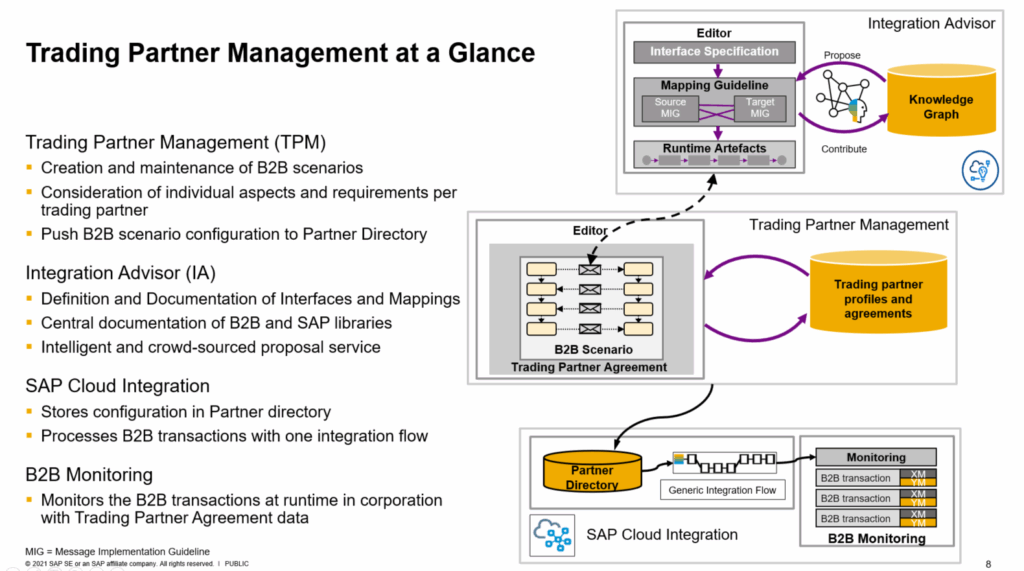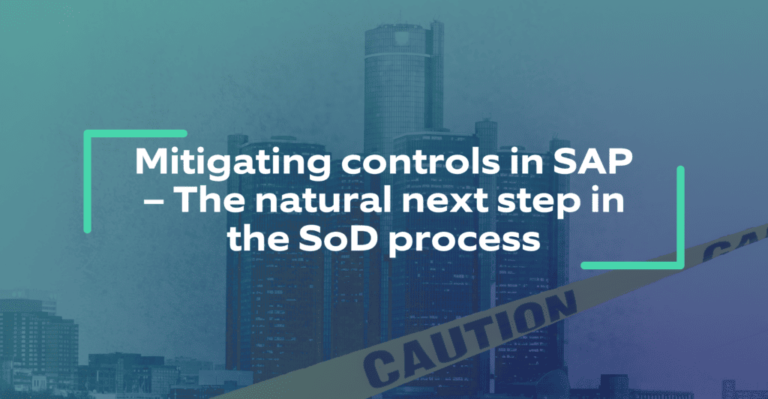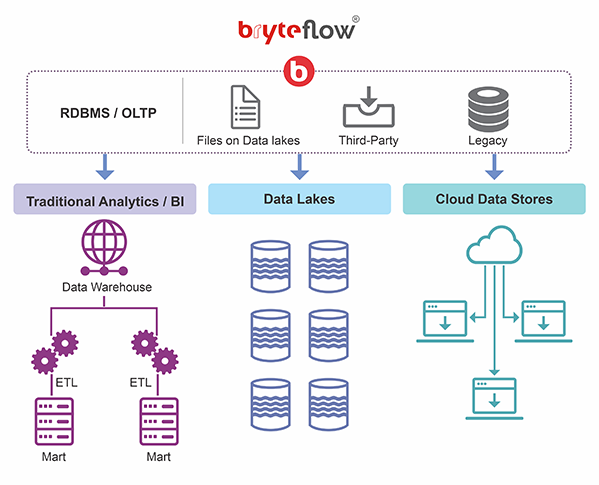Mastering SAP Trading Partner Management: A Comprehensive Guide to Streamlined B2B Collaboration
SAP Trading Partner Management (TPM) is a component within the SAP Integration Suite designed to manage business-to-business (B2B) communications with external trading partners. It serves as an interface that helps configure, run, and monitor message exchanges between partners based on predefined agreements .Ximple Solutions+6claimate.tech+6SAP Help Portal+6
TPM simplifies the complexity of B2B communication, enabling efficient management of trading partner relationships, agreements, and message exchanges. By providing a centralized platform for managing these interactions, TPM ensures consistency, reliability, and efficiency in B2B collaborations .SAP Help Portal
Benefits of Using SAP Trading Partner Management

Implementing SAP TPM offers numerous advantages:Ximple Solutions
- Enhanced Collaboration: TPM facilitates seamless communication between businesses and their trading partners, ensuring that all parties are aligned and informed.SAP Help Portal+1claimate.tech+1
- Streamlined Processes: By automating message exchanges and managing agreements centrally, TPM reduces manual efforts and the potential for errors.claimate.tech
- Improved Visibility: With TPM, businesses gain real-time insights into their B2B interactions, enabling proactive decision-making and issue resolution.claimate.tech
- Scalability: TPM supports the management of multiple trading partners, making it suitable for businesses of all sizes and industries.Ximple Solutions+1claimate.tech+1
- Compliance and Security: By standardizing communication protocols and ensuring secure data exchanges, TPM helps businesses maintain compliance with industry regulations.On24+8Ximple Solutions+8claimate.tech+8
Real-World Applications of SAP Trading Partner Management
SAP TPM is utilized across various industries to enhance B2B collaborations. Here are five real-world examples:claimate.tech
1. Coca-Cola

Coca-Cola implemented SAP Business Technology Platform (BTP) to streamline its supply chain operations and improve inventory management. By leveraging real-time data and predictive analytics, Coca-Cola reduced stockouts and increased on-shelf availability, leading to a 10% increase in sales .SAP Partner Development Center+1SAP+1
2. Maersk

The shipping and logistics company adopted SAP BTP to optimize its freight forwarding processes and improve customer service. With enhanced visibility into shipment status and route optimization capabilities, Maersk reduced transit times and operational costs, resulting in a 15% increase in profitability .SAP Partner Development Center
3. Siemens

Siemens leveraged SAP BTP to digitize its manufacturing operations and drive innovation across its product portfolio. By implementing IoT sensors and machine learning algorithms, Siemens improved product quality, reduced defects, and accelerated time-to-market, leading to a 20% increase in revenue .SAP Partner Development Center
4. Hilti

Hilti revolutionized its trading partner collaboration through the SAP Business Network. By harmonizing its processes, Hilti achieved enhanced efficiency and better alignment with its partners .SAP+2On24+2Supply Chain Brain+2
5. Retail Industry

Retailers are using SAP BTP to deliver personalized shopping experiences and drive customer engagement. By integrating data from various touchpoints, including online and offline channels, retailers can create a unified view of the customer journey and tailor promotions and recommendations accordingly .SAP Partner Development Center
Use Cases and Problem Solving with SAP Trading Partner Management
SAP TPM addresses several operational challenges:SAP+3claimate.tech+3SAP Partner Development Center+3
- Complex B2B Integrations: Managing multiple trading partners with varying communication protocols can be daunting. TPM simplifies this by providing a centralized platform for managing all B2B interactions.Ximple Solutions+1claimate.tech+1Ximple Solutions+2SAP Community+2claimate.tech+2
- Manual Processes: Manual handling of partner agreements and message exchanges is time-consuming and error-prone. TPM automates these processes, enhancing efficiency and accuracy.
- Lack of Visibility: Without real-time insights, businesses struggle to monitor their B2B interactions effectively. TPM offers comprehensive visibility into all trading partner activities, enabling proactive management.
- Scalability Issues: As businesses grow, managing an increasing number of trading partners becomes challenging. TPM’s scalable architecture supports the seamless addition of new partners.
How to Implement SAP Trading Partner Management
Implementing SAP TPM involves the following steps:
- Access TPM Module: Log into your SAP Integration Suite and navigate to the Trading Partner Management module.YouTube+3SAP Help Portal+3claimate.tech+3
- Define Trading Partners: Create profiles for each trading partner, specifying relevant details such as communication protocols, message formats, and identifiers.
- Establish Agreements: Set up agreements outlining the terms of communication, including message types, scheduling, and security requirements.Ximple Solutions
- Configure Message Exchanges: Define the message flows between your system and the trading partners, ensuring proper mapping and transformation as needed.
- Monitor and Manage: Util







